The Scottish Government has announced it will soon be easing permitted development rights (PDRs) for rooftop solar energy panels.
It means an end to an upper limit of 50 kilowatts (kW) for permitted development on most home and business rooftop solar installations.
Up until recently the same limit in England was 20 times greater at one megawatt.
The upper threshold for solar projects south of the border was removed late last year.
With a few exceptions, such as on world heritage sites or listed buildings, solar projects in Scotland will no longer need planning consent. This includes many developments within conservation areas.
When will the rules change?
Laid before the Scottish Parliament on March 28, the proposed changes to legislation are expected to come into effect on May 24.
They are intended to support ambitions to reduce Scotland’s greenhouse gas emissions to net-zero by 2045, while also allowing consumers to access cheaper electricity.
A boss at one of Scotland’s leading solar energy firms, Queen’s Award winner AES Solar, of Forres, recently told The Press and Journal red tape was costing firms money and stymieing investment in the energy transition.
Jamie Di Sotto, the Moray company’s commercial director, said businesses had to stump up a non-refundable fee of £10,000 to get approval for 50kW-plus solar systems.
This is because of the way battery systems are being treated as generators, rather than storage, he explained.
The 50kW limit for solar systems not requiring approval equates to about 150 panels.
But if batteries are included, the number of panels has to be reduced.
This makes an investment in solar non-viable for many businesses, Mr Di Sotto said.
Upfront costs deterring investment
Other businesses requiring much larger solar systems are discouraged from investing in them under the current approval process because of the hefty fees involved, he added.
“We have customers looking for 500kW or more”, he said, highlighting an example in the seafood sector, where energy consumption is high because of refrigeration needs.
Businesses are forking out thousands of pounds with no guarantee their application to connect their solar systems to the national electricity grid will succeed, Mr Di Sotto said.
One of AES Solar’s clients was told they could not be hooked up to the grid before 2032.
There is a growing pipeline of solar projects not progressing because of these hurdles, Mr di Sotto said.
And it has been impossible to know how to advise firms mulling investment in the renewable energy, he added.
“Are they meant to just pay the £10,000 fee with no certainty of connection,” he said.
Demand for solar is out there
AES Solar’s commercial director was speaking before the recent government announcement about looming changes to PDRs.
These are coming too late to help one business he told us about which wanted eight system installations costing £80,000 in application fees.
The demand is out there but, as things stand, consenting and cost barriers mean a government target of net-zero by 2045 is “never going to happen”, Mr Di Sotto added.
New measures ‘positive’ but still concern over north grid limitations
Welcoming the new measures this week, he said: “This is a positive change for rooftop solar in Scotland, resulting in one less hurdle and cost for us and our clients to overcome.
“Our clients will be pleased the decision-making process and deployment of systems over 50kW will be streamlined.
“However, the greatest barrier of grid limitations in many parts of Scotland, particularly the north of Scotland, remains to be a huge concern and impacts the ability to decarbonise business and reduce energy costs.”
According to property giant Savills, simplifying the planning process for rooftop solar will make a big difference in Scotland’s ability to deliver on Holyrood’s energy transition commitment for up to six gigawatts of solar power by 2030.
Welcoming a relaxation of the rules on its website, Savills said: “This change by the Scottish Government will make the process of installing solar quicker and easier.
“The changes bring Scotland largely in line with England, where a similar change was made on November 30 2023.”
Changes on both sides of the border are aimed at cutting red tape in the planning system.”
There are some differences between the two nations depending on the type of building.
Savills added: “The detailed planning guidelines in each nation should be followed to ensure that a rooftop solar project stays within the permitted development rights.
“Changes on both sides of the border are aimed at cutting red tape in the planning system, so that homeowners and businesses can install solar panels without being held up by costly delays.
Car park solar rules to be relaxed
“The permitted development announcement in Scotland extends beyond rooftop solar to introduce them for free-standing solar panels within the curtilage of non-domestic buildings (up to 129sq ft).
“Furthermore, certain restrictions have been relaxed for solar canopies in car parks, including removing the requirement that these must be primarily for the purpose of powering electric vehicle chargers.
“This policy is an important step on Scotland’s journey towards net-zero.”
Savills director Thomas McMillan is chairman of industry body Solar Energy Scotland.
Mr McMillan said:: “We have campaigned for this change for a number of years.
“Simplifying the planning process for rooftop solar will make a substantial difference to Scotland delivering 6GW of solar by 2030.
“With energy continuing to be stubbornly high, solar remains one of the most effective ways of reducing the charges of running residential and commercial buildings.
“This change by the Scottish Government makes the process of installing solar quicker and easier and is warmly welcomed”.
Planning Minister Joe FitzPatrick said: “The Scottish Government wants to make it easier and cheaper for homeowners and businesses to respond to the challenges posed by the cost-of-living and climate crises, including by reforming how the planning system works.
“That was the focus of the most recent phase of our ongoing review of permitted development rights, and the package of measures brought forward reflects the responses to our public consultation and constructive engagement with partners.”
Mr FitzPatrick added: “Streamlining the planning process for zero and low carbon technologies is also consistent with the strong climate focus in the National Planning Framework 4, which was adopted last year. People will save money and the environment will benefit if we make it easier to install renewable energy equipment on homes and business properties.”
Measures to reduce energy costs will come as a great help for smaller firms.”
Federation of Small Businesses (FSB) Scotland policy chairman Andrew McRae said: “We’re delighted to see the introduction of this legislation, reflecting the campaigning FSB and others have been doing on the issue for some time.
“Small businesses are very much aware of the role they have to play in tackling the climate emergency. At a time when the cost of doing business crisis is making it harder for businesses to stay afloat, measures to reduce energy costs will come as a great help for smaller firms.”
Benefits of solar power
Solar photovoltaic (PV) panels capture sunlight and convert it into electricity.
According to Savills, the technology is particularly popular among high energy commercial occupiers due to its potential to boost productivity, benefit the environment and foster innovation.
Savills’ website added: “Installing solar PV provides numerous benefits to occupiers.
“Firstly, it provides access to green electricity directly onsite which in turn promotes sustainability efforts.
“By utilising solar energy, occupiers can significantly diminish their reliance on the grid, thereby cutting carbon emissions.
“Additionally, solar installations often lead to lower utility costs, offering long term saving as well as contributing towards net-zero target strategy.”
“Last year, energy prices rose significantly in turn resulting in higher tariffs.
“As a result, our team saw a record number of solar inquiries.
Interest in solar power escalating
“Despite these prices now starting to decrease, we are still seeing an increased number of inquiries, due to a combination of financial savings with a contribution towards net-zero targets.
“Installing solar PV is also attractive to landlords, given the contribution towards green certifications and value increase.”
AES Solar powering ahead under new owners after management buyout
Meanwhile, any increase in the pace of uptake of the technology means a sales boost for specialists like AES Solar.
Founded in 1979, the firm claims it was the first manufacturer of solar thermal “collectors” in western Europe.
It now turns over about £10 million a year and employs nearly 40 people.
Mr Di Sotto, technical director Campbell Maclennan and finance director Lynn Davidson took ownership of the business in a management buyout earlier this year.
Former owner George Goudsmit went viral on social media after the P&J revealed in 2022 how a chance meeting with the late Queen led to the firm installing solar panels at Balmoral.
AES Solar won its Queen’s Award for Enterprise, in the sustainable development category, the same year.
The company recently acquired a vacant brownfield site as part of its growth plans.
It aims to develop this into a “thriving solar hub”, with additional manufacturing, office and storage space.
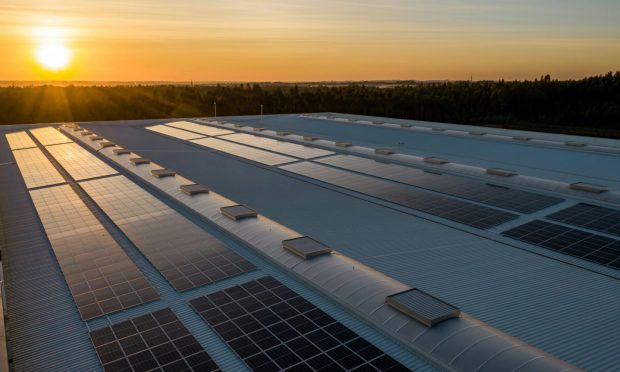

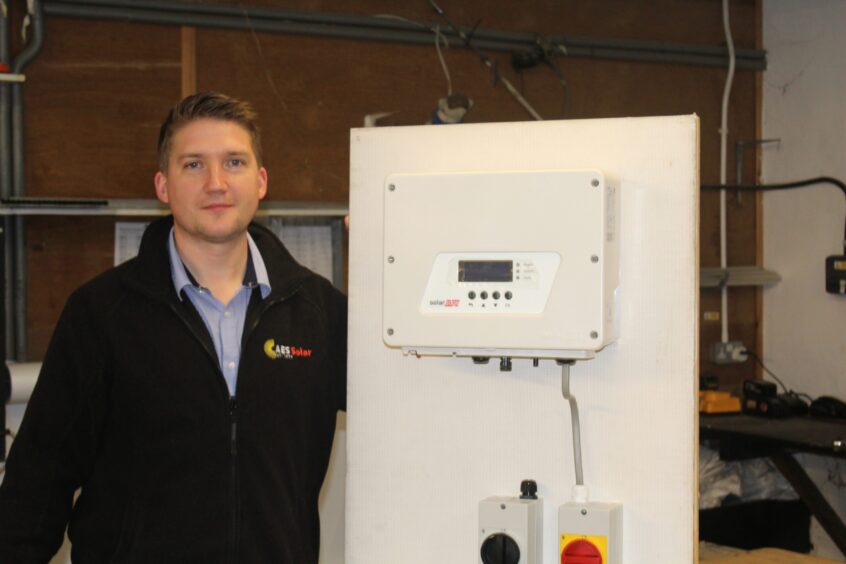
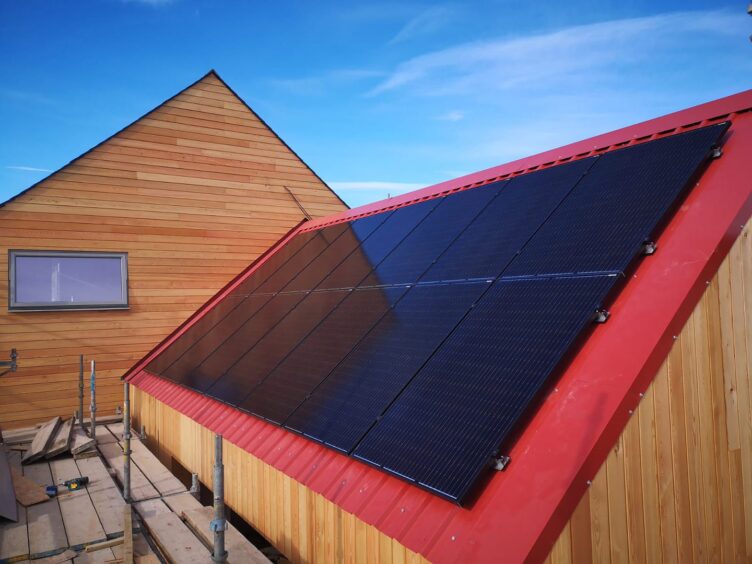
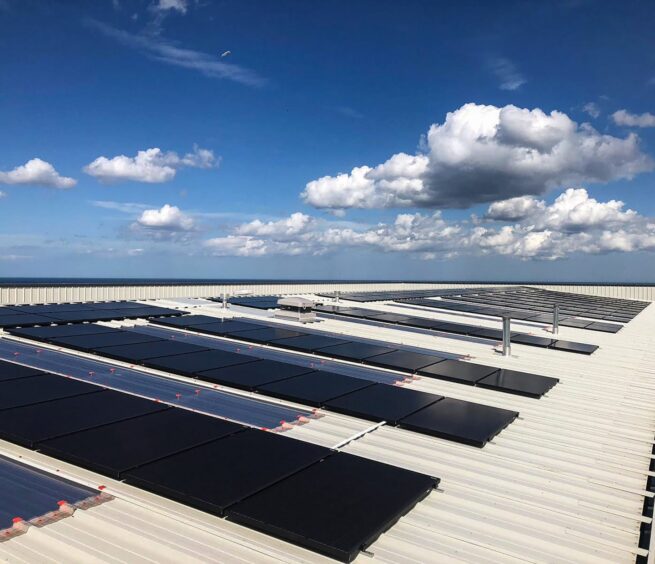
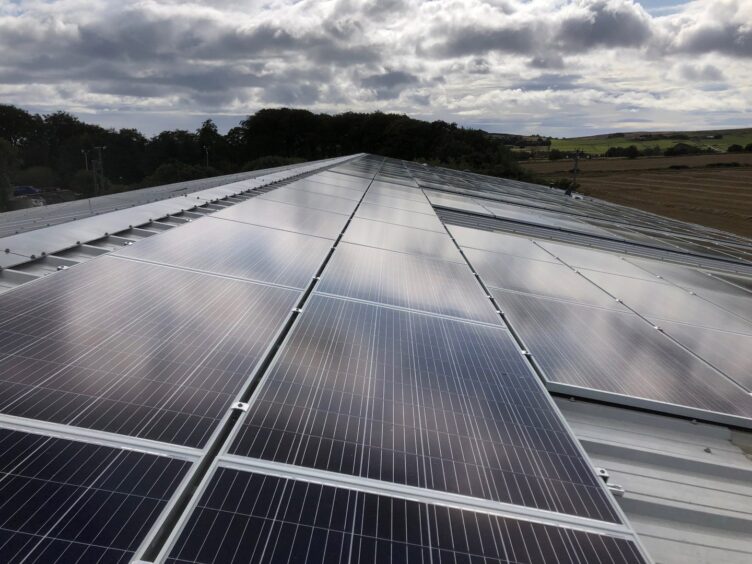

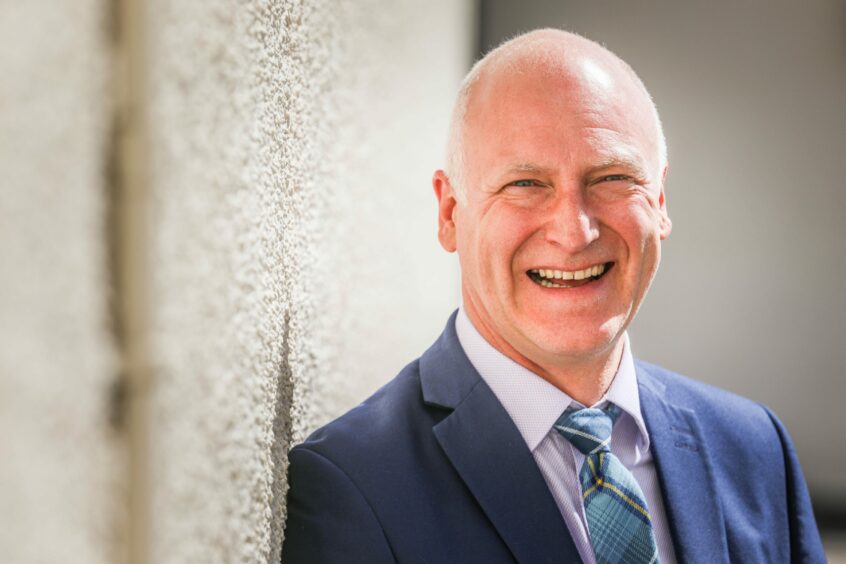
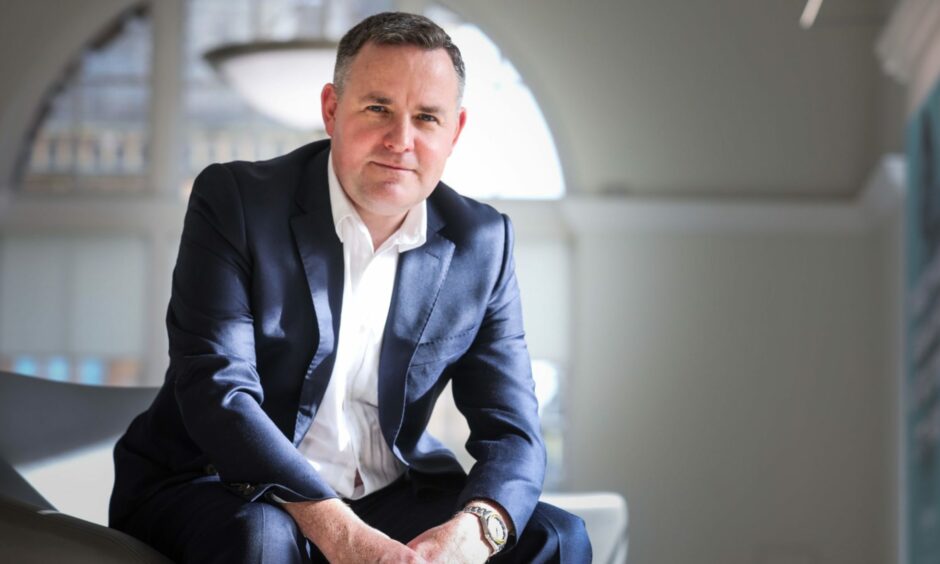
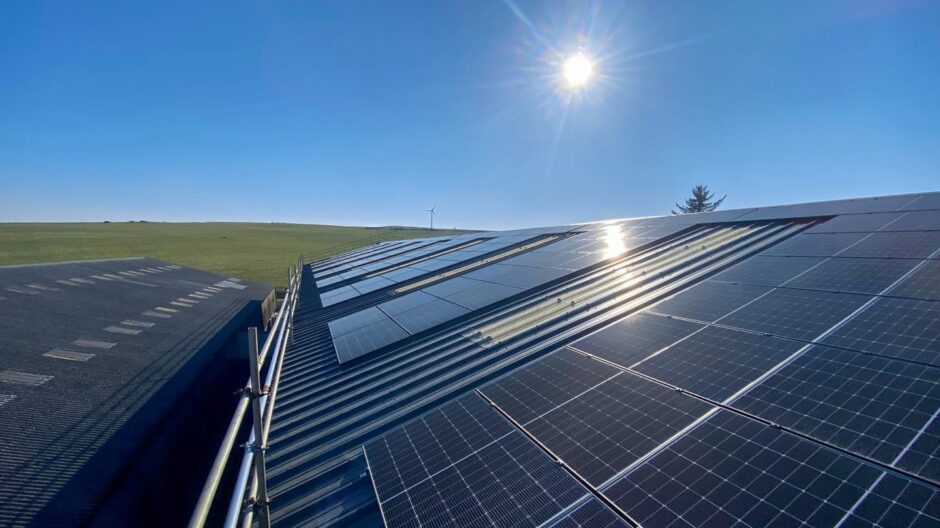

Conversation